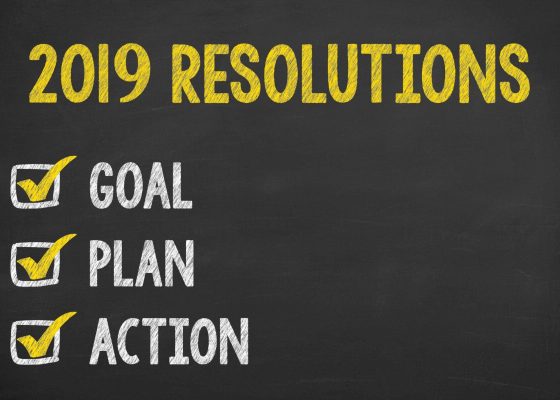Do you have an effective returns policy?
Lynne Rawlinson
20-04-17Do you have a clearly communicated returns policy?
Businesses often struggle to compete on price, so customer service is an area where many try to excel. It is the personal contact, often with the business owner, that can give an SME the edge in a consumer’s mind. Large organisations, such as Amazon, have built an expectation that consumers should be able to return product relatively easily and they have the infrastructure to support this. However, an SME with a lot of customers who return regularly will have to manage the resources required carefully. If you are a smaller organisation, you may struggle if you haven’t built in capacity to handle fluctuations in the level of returns. Here are a few tips.
1. Ensure you have a robust agreement with your suppliers
This should include a commitment to compensate you for all costs (including the cost of the product, transport, labour, admin etc) associated with the return of products that have been supplied, enabling you to act quickly in the full knowledge that you will be fairly compensated by your supplier.
2. Have a clearly communicated returns policy
This should be well researched and supported by the resources required to deliver it. Ensure that your policy can be executed well without placing too much of a burden on your business. Do your research and plan for the expected level of returns, but also add a ‘personal touch’.
A great example of this (although it won’t be practical every time) is if you or your manager can find time to actually phone the consumer directly to apologise for the issue and ensure that the return was handled well.
3. Follow the policy and get it right first time
If you don’t get this right, there will be a danger of adverse publicity that can be shared quickly on social media. More of your scarce resources will also be taken up if the return is not handled correctly.
How you should do this will vary, depending on the product type and method of delivery or collection, but it must be made as easy as possible for the consumer and the process of refund or replacement should be quick and simple, so the focus must be on following the policy and getting it right first time. This will also help you to manage the small group of people who will try to take advantage by attempting to make unjustified or even fraudulent returns.
4. Implement correct systems, procedures and culture
Focus on implementing the correct systems, procedures and culture, which ultimately means that everyone in your organisation puts the customer first and knows that this is one area that can have a significant impact of your company’s reputation. Returns also require input from all key areas of the company (finance, operations, marketing, sales) and a consistent ‘customer first’ culture throughout your organisation will help your company to get this right first time.
5. Your returns policy should form part of your overall strategy
As part of your overall strategy you will have the added benefit in that if correctly managed and logged, feedback from returns can be analysed and used to help you to improve your product and service.
If you need further help setting your returns policy, or help with your overall strategy, please don’t hesitate to get in touch!
Uncategorized
Uncategorized
The Institute of Chartered Accountants in England & Wales (ICAEW) publish a quarterly UK Business Confidence Monitor and Q4 2019...

Uncategorized
Find Your Purpose Your Core Purpose should come from a mix of what you love, what you are good at,...

Uncategorized
Three resolutions that you can make to improve your business in the New Year by Planning, Formalising, and Reviewing all...




